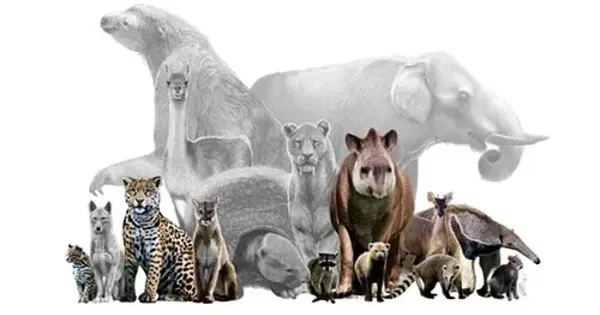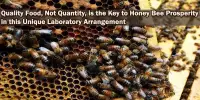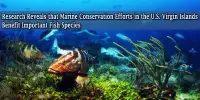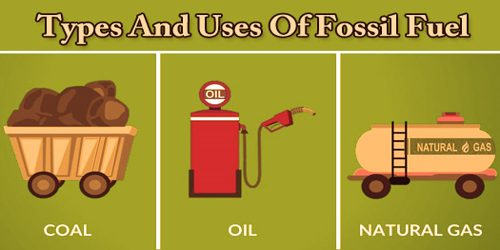Ecological extinction, also known as the extinction of species, refers to the permanent loss of species from the planet. This occurs when a species’ population drops to a level where it can no longer survive and reproduce, leading to its eventual disappearance. Human activities, such as deforestation, habitat destruction, overfishing, hunting, pollution, and climate change, are the main drivers of ecological extinction. Currently, species are going extinct at an unprecedented rate, which is referred to as the sixth mass extinction.
“The reduction of a species to such low abundance that, while it is still present in the community, it no longer interacts significantly with other species,” according to the definition of ecological extinction. It is notable because the interaction ecology of a species is critical for conservation work. “Unless the species interact significantly with other species in the community (e.g., it is an important predator, competitor, symbiont, mutualist, or prey), its loss may result in little to no adjustment to the abundance and population structure of other species,” they write.
The loss of species can have far-reaching impacts on ecosystems and can disrupt the balance of the food chain, leading to cascading effects that can alter entire ecosystems. Additionally, the loss of biodiversity can reduce the resilience of ecosystems to change and can negatively impact the provision of ecosystem services, such as pollination and pest control, that are crucial for human well-being.
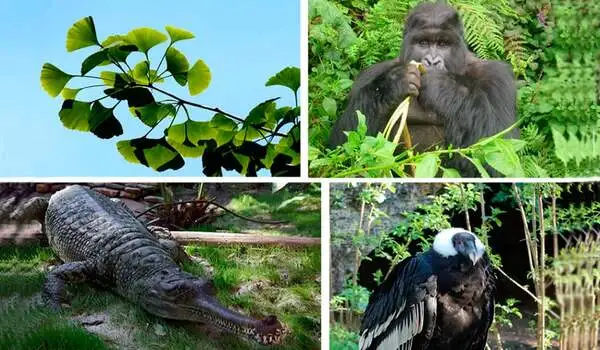
Efforts to conserve biodiversity and prevent ecological extinction include setting aside protected areas, regulating the trade of threatened species, restoring degraded habitats, and reducing the drivers of extinction, such as climate change and habitat destruction.
The great mass extinctions of the fossil record were a major creative force that opened up entirely new avenues for the subsequent explosive evolution and diversification of surviving clades. Today, the synergistic effects of human impacts are laying the groundwork for an Anthropocene mass extinction in the oceans with unknown ecological and evolutionary consequences.
Synergistic effects of habitat destruction, overfishing, introduced species, warming, acidification, toxins, and massive nutrient runoff are transforming once complex ecosystems such as coral reefs and kelp forests into monotonous level bottoms, clear and productive coastal seas into anoxic dead zones, and complex food webs topped by large animals into simplified, microbially dominated ecosystems with toxic dinoflagellate boom and bust cycles.
Change rates are becoming more rapid and nonlinear, with abrupt phase shifts to novel alternative community states. We can only speculate on the types of organisms that will benefit from this mayhem, which is drastically altering the selective seascape in ways that go far beyond the effects of fishing or warming. In comparison to metabolically flexible microbes and algae, the prospects for animals and plants are especially bleak. Stopping and eventually reversing these trends will necessitate rapid and fundamental changes in fisheries, agricultural practices, and global greenhouse gas emissions.
